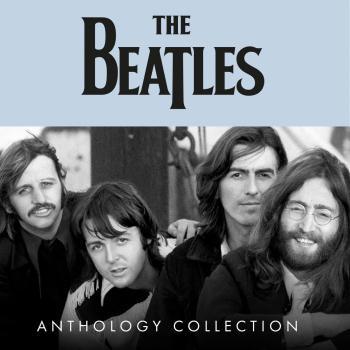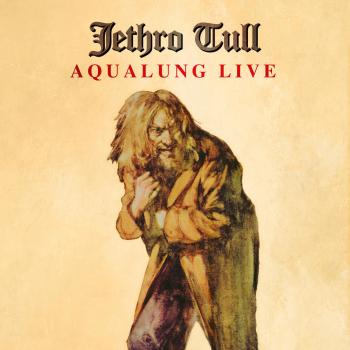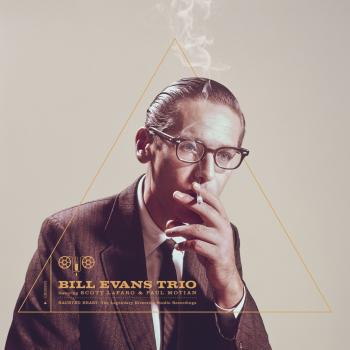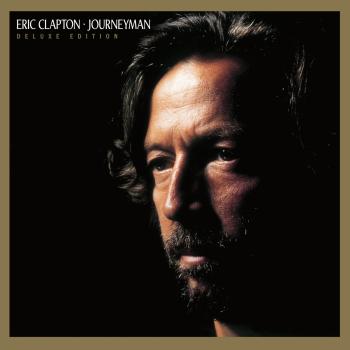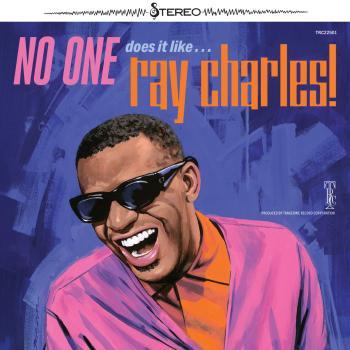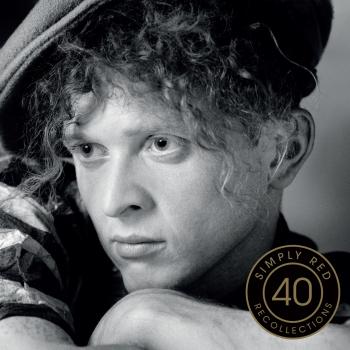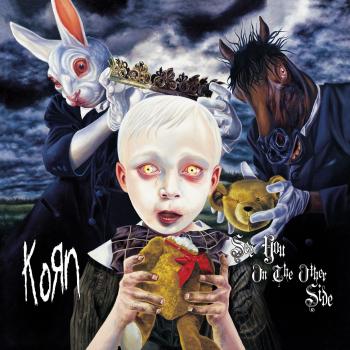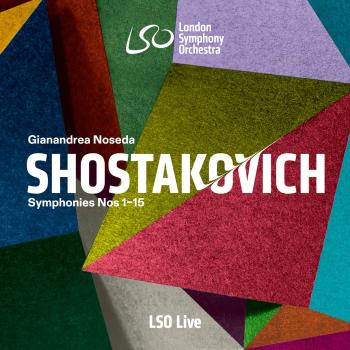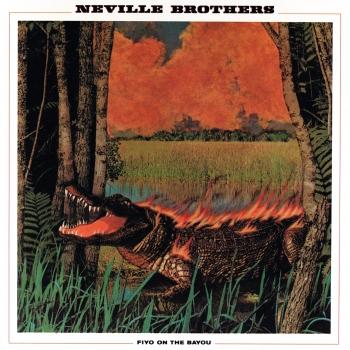The Neville Brothers
Biography The Neville Brothers
The Neville Brothers
Four powerfully unique personalities, the Neville Brothers thrive on an explosive fusion of diversity and unity. This collective of talented brothers is world-famous for its embodiment of the New Orleans sound.
Aaron, Art, Charles, and Cyril Neville have expanded the horizons of New Orleans R&B while honoring the music's roots and traditions. Drawing on the vast resources and multiple styles of African-American music, The Neville Brothers have combined R&B, jazz, reggae, and elements of rock and Zydeco with a harmony-based funk groove all their own.
No group in America can claim a more illustrious history than the Nevilles. The careers of Art and Aaron Neville began in the early 50's around the street corners, on the porches and at house parties in the notorious Calliope Projects. Energetic, but with little else to do, it was only natural for them to pick up the rhythms and moods of the city of which they were so much a part.
They played and sang the music of the streets. It was gut level and it was real. "We'd spend the whole night trying to sound like the Spaniels, the Clovers, and Sonny Til and the Orioles," said Aaron. "At dances when I was a little kid, Art would be up there singing while I'd be dancing with some girl a foot taller than me. I knew then I wanted to be a singer."
Art first came to note well before Elvis, having recorded "Mardi Gras Mambo" with The Hawkettes in 1954. "Mardi Gras Mambo" continues to get heavy airplay and respectable sales during the local Mardi Gras festivities. While Art was backing Little Richard in the studio and Larry Williams on stage, saxophonist Charles left New Orleans for Memphis, where he played with...well, everyone – Big Joe Turner, Johnny Ace, Wilson Pickett, Bobby "Blue" Bland, Willie Mae Thornton, Tee Vee Mama, B.B. King, you name them. And Aaron, who'd developed his heart-breaking falsetto after falling in love as a child with the yodeling of the singing cowboys of the silver screen, had a no. 2 smash with "Tell It Like It Is" the winter preceding the Summer of Love.
After Art, Cyril, and Aaron had played together as the Neville Sounds, Art (Who was joined later by Cyril) formed The Meters, who were acclaimed the world over as the grand masters of New Orleans' Caribbean-influenced "second line" funk style. While The Meters ruled New Orleans French Quarter, Cyril and Aaron played on Claiborne Avenue with the Soul Machine, and Charles found himself teaching at Goddard College in Vermont, a very long way from home.
Finally, after not having played together for 8 years, the brothers reunited to help record the universally acclaimed The Wild Tchoupitoulas a year after their mother's death in 1975. They credit their uncle, the flamboyant Mardi Gras Indian George (Chief Jolly) Landry, with getting them to join forces. "He told us that our mother and father had always wanted to see us work together as a band," Charles recalls. "He knew that if we got together as a family, it would happen."
It happened, all right, but slowly. None of their first few recordings as the Neville Brothers sold spectacularly, though no less than Keith Richards called "Fiyo On The Bayou" the best album of 1981. The brothers nonetheless became their hometown's best-loved local attraction. In 1988, they returned to A&M and won a Grammy with the sublime Daniel Lanois-produced "Yellow Moon." 1990's "Brother's Keeper" cemented their status as one of the most fervently acclaimed groups in American pop.
The Neville Brothers have sold millions of records worldwide and have gold and platinum records in 6 different countries. In the United States, they have been the featured performers on television from the early morning on "Good Morning America" and "Today" shows to midday on "Oprah" to late night on "Saturday Night Live," "Arsenio," "Austin City Limits," "Letterman" and the "Tonight Show." They were the stars of their own Cinemax/HBO special, which is now available for home video. They contributed the song, "Let That Hammer Fall" to the movie "Posse."
The Nevilles' music has been hailed by music writers in nearly every major periodical in the country and their live performances are legendary, moving one of America's most acclaimed young novelists, John Ed Bradley, to note in G.Q., "The Nevilles play Tipitina's, and a spooky magic happens. Fruit juice becomes a Hurricane cocktail, the fat of foot can suddenly hoof it, the blind, by God, can see."

